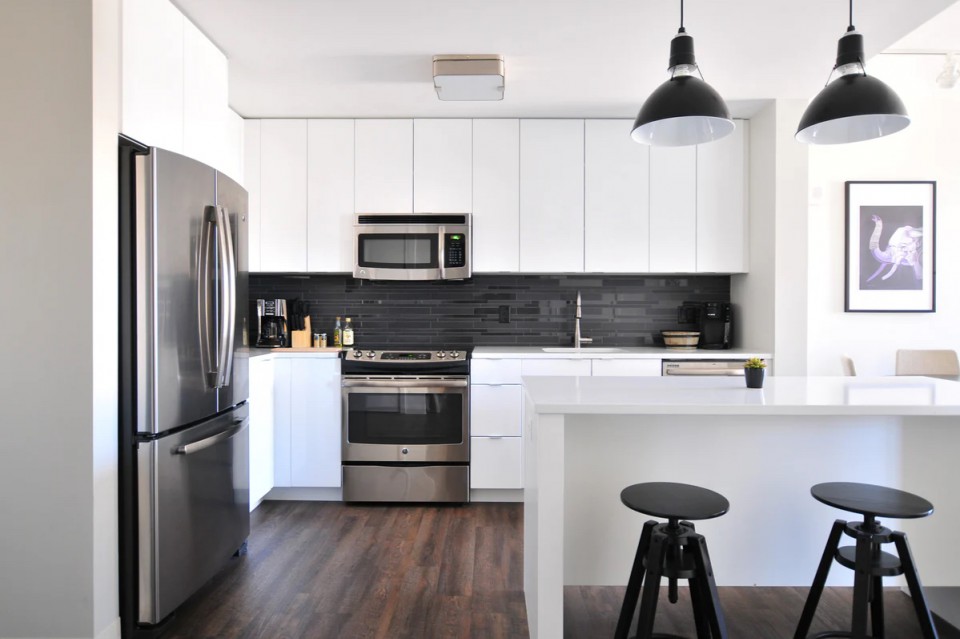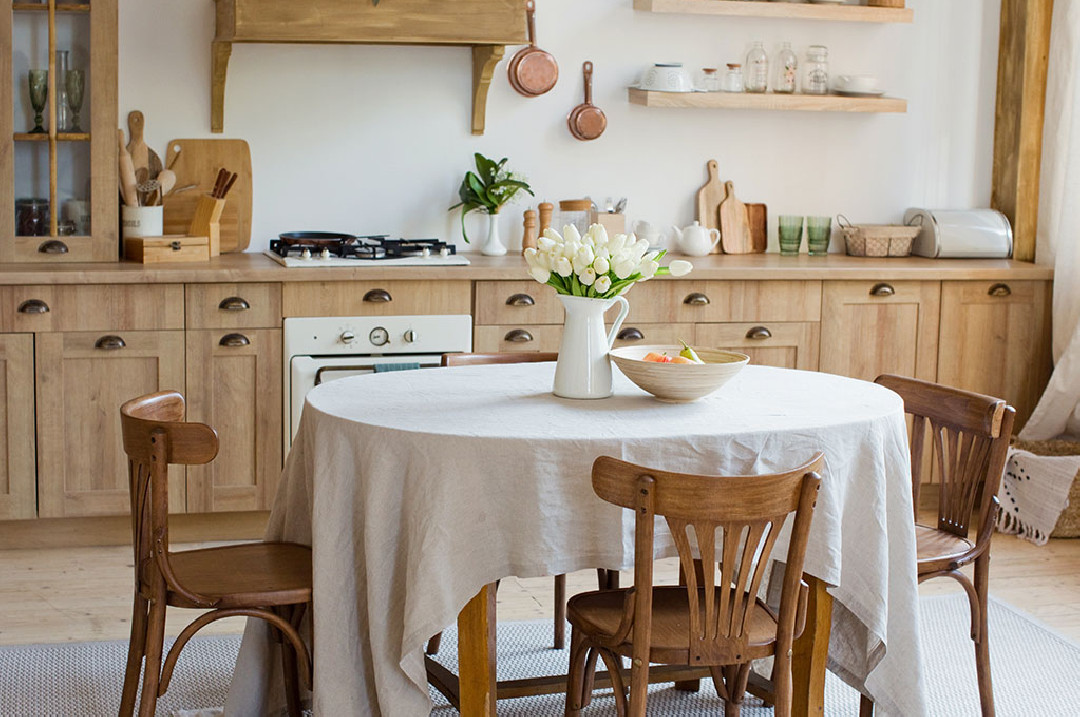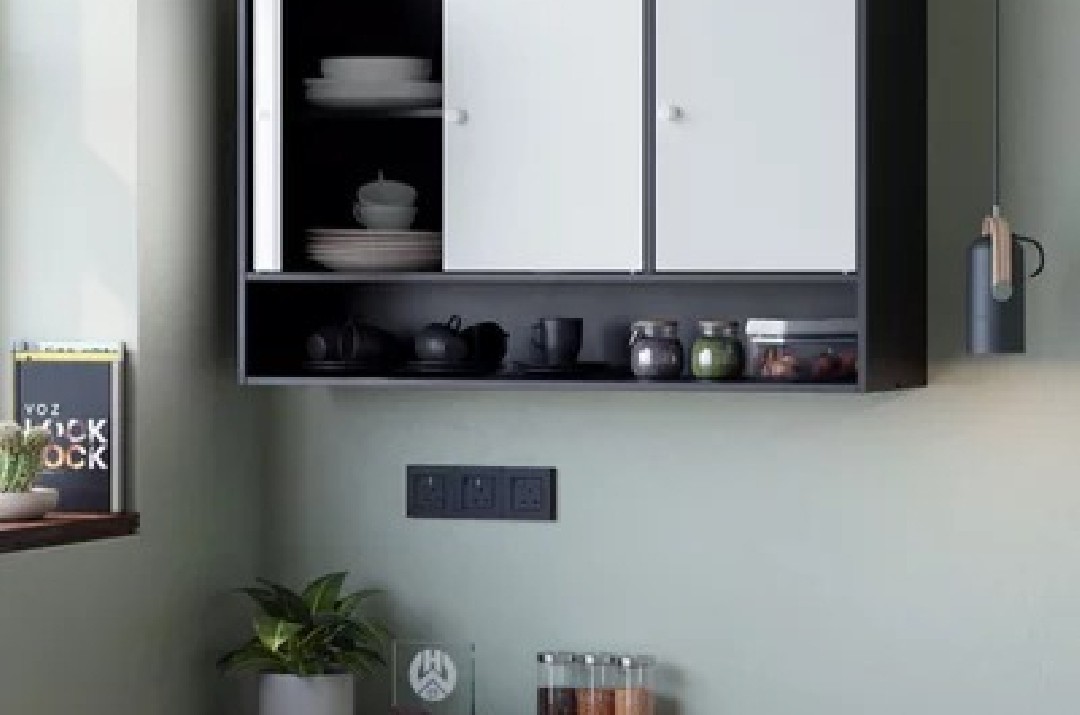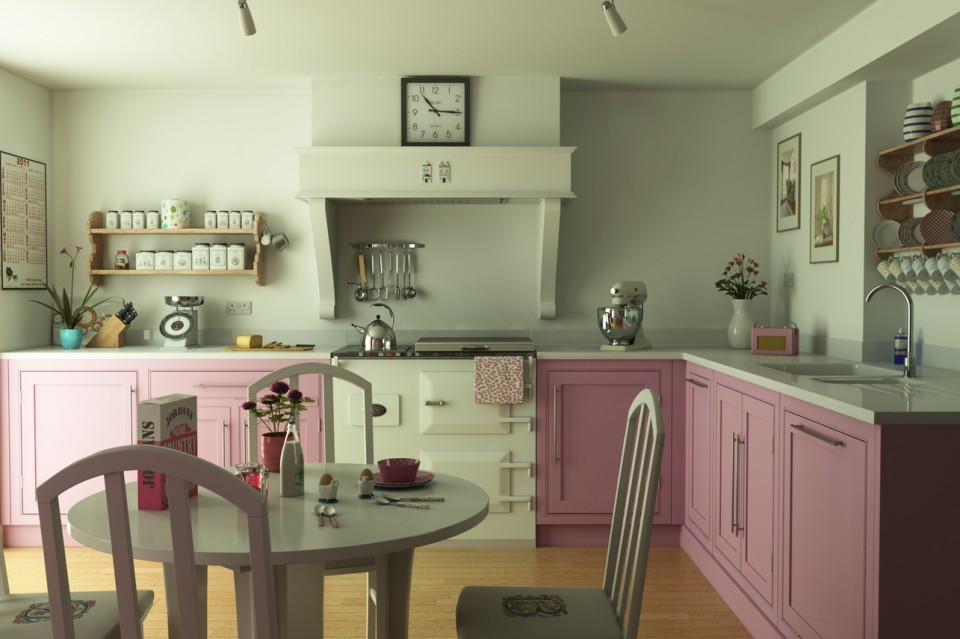Tips for arranging a small kitchen so that it is functional and comfortable

Introduction
Arranging a small kitchen often poses a challenge for many people. Limited space can restrict creativity and the functionality of the kitchen, which should ideally be a comfortable and efficient place for cooking. Small kitchens often force us to carefully choose the equipment to be used, meticulously arrange every corner of the room, and organize storage without sacrificing space. Additionally, space limitations can make us feel less mobile and active, especially when cooking meals that require many utensils and ingredients.
However, with careful planning and the implementation of certain tricks, your small kitchen can be transformed into a functional and enjoyable space. Optimizing the use of every inch of available space, selecting multifunctional furniture, and organizing kitchen equipment neatly are some steps that can be taken. Furthermore, choosing the right colors and lighting can also help create the illusion of more spaciousness. This article will provide various practical tips to help you arrange your small kitchen to remain comfortable and maximize its use, so you can enjoy cooking without feeling limited by the size of the space.
Tips for Arranging a Small Kitchen to Be Functional and Comfortable
1. Maximize Vertical Space Usage

Vertical space is often underutilized in small kitchens. Yet, this space can be the primary solution to increase storage capacity without taking up floor space. You can install wall shelves to store items such as kitchen spices, cooking utensils, or even small decorative plants that can freshen up the kitchen. These shelves are not only functional but can also be decorative elements that add to the room's aesthetics. Hanging racks for cooking utensils can also be mounted on the wall, making these utensils easily accessible without cluttering drawers or countertops.
In addition to wall shelves and hanging racks, ceiling-height hanging cabinets can also be a smart choice. These cabinets can be used to store rarely used items at the top, while the bottom part can be filled with more frequently used items. Open shelves can be another option for storing commonly used items, making them easier to retrieve and put away. Maximizing this vertical space will help keep the kitchen tidy and organized, and provide more space for activities.
2. Utilize Multifunctional Furniture

Multifunctional furniture is essential for small kitchens, as it can save space and increase efficiency. Choose tables that can be used for dining as well as for storage. For example, a table with drawers or shelves underneath can be used to store tableware or other kitchen utensils. This not only saves space but also makes all items more accessible and neatly stored. A small kitchen island equipped with shelves or drawers underneath can also be a very useful addition. This kitchen island can be used as a food preparation area as well as a dining area, providing two functions in one piece of furniture.
Moreover, there are many other types of furniture that can be chosen for small kitchens, such as folding chairs that can be stored when not in use, or foldable shelves that can be stored on the side when not needed. Using multifunctional furniture allows you to have more free space in the kitchen, making it more comfortable to move around and engage in activities.
3. Choose Kitchen Appliances According to Size

Kitchen appliances that are too large can make a small kitchen feel cramped. Choose appliances with smaller or compact sizes. For example, a toaster oven can replace a large oven, or a small refrigerator may be more suitable than a two-door refrigerator.
4. Make Use of Corner Space

Corner spaces are often overlooked areas. You can install corner shelves or corner cabinets to maximize storage space. Cabinets with rotating shelf systems (lazy Susans) can also be a practical solution.
5. Create Organized Storage

Organization is key in a small kitchen. Use organizers for drawers and shelves to keep items neatly stored and easily accessible. Transparent containers or labels on storage containers can also help maintain organization.
6. Choose Bright Colors and Mirrors

Bright colors can make a small kitchen feel larger and brighter. You can choose white, cream, or pastel colors for walls and kitchen furniture. Using mirrors on the backsplash or kitchen walls can also create a larger room effect.
7. Good Lighting
Good lighting is essential for a small kitchen. Use bright lighting in cooking and food preparation areas. Under-cabinet lights or small pendant lights can be useful additions.
8. Avoid Unnecessary Items
Keep only items that are truly needed in the kitchen. Items that are rarely used should be stored elsewhere or donated if no longer needed. This will make the kitchen more spacious and easier to organize.
9. Use Sliding Cabinet Doors
Sliding cabinet doors can be a solution for small kitchens because they do not require additional space when opened. This also facilitates access to items stored inside the cabinet.
10. Create an Efficient Work Area

An efficient work area is essential to facilitate cooking activities in a small kitchen. One way to achieve this is to ensure that there is enough space for food preparation near the stove and sink. This space should be large enough to chop vegetables, mix ingredients, and place frequently used utensils. You can also add a foldable table that can be opened when needed and folded back when not in use, so it does not take up much space. Additionally, use a cutting board that can be placed over the sink to add workspace without sacrificing existing space.
Creating a logical workflow is also crucial in a small kitchen. This workflow should start from food storage, followed by preparation, cooking, and serving. For example, place the refrigerator and food storage cabinets near the preparation area so that you can easily retrieve the necessary ingredients. The preparation area should be located between the refrigerator and stove so that after the food is prepared, you can immediately cook it. The sink should also be close to the preparation area to facilitate washing of food and utensils. With an efficient workflow, you can cook more quickly and reduce confusion when switching from one task to another.
Conclusion
Arranging a small kitchen to be functional and comfortable requires a bit of creativity and careful planning. By maximizing the available space and choosing the right equipment and furniture, you can create a kitchen that is not only practical but also enjoyable to use. Hopefully, the tips shared in this article can help you overcome the challenges of arranging a small kitchen and make cooking activities more enjoyable. Good luck and happy cooking!







